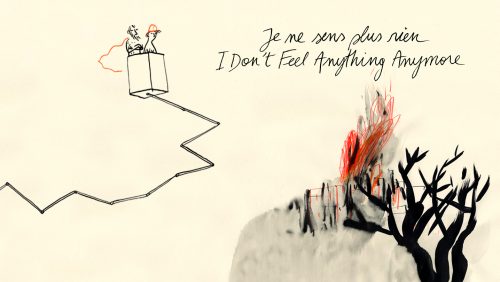
He’s a magician. She’s a firefighter. Isolating themselves from the chaos of a world in turmoil, the two lovers live in a crane basket high in the sky, where they go about their daily business. Their challenge: keep their heads, here up above it all, while everything falls apart down below. But when reality calls—when fires need quenching and people need entertaining—how can they best make themselves useful in a world gone off the rails?
Noémie Marsily and Carl Roosens, whose animated musical short Around the Lake charmed festival-goers in 2013, return with I Don’t Feel Anything Anymore, an unsettling satire of life in an unsettled world. Drawn in an evocative style with simple, stark lines, the film takes us from one bizarre and startling situation to the next. This twisting tale with occasional flights of absurdist fantasy is accompanied by a rich soundtrack that captures the confusion of modern life, blending odd sounds, music and even the voice of Quebec soprano Natalie Choquette.
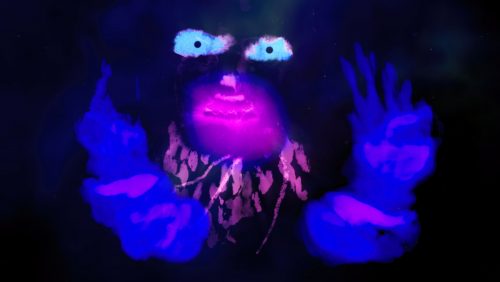
Coming in the spring of 2017, Dream is an online interactive project that generates individual micro-experiences based on the unique mechanisms of dreams. Using the audience’s drawings of their dreams, with their singular logic and special relationship to time, the project creates a grammar that transcends the traditional limits of non-linear storytelling.
Dream also marks phase one in a long-term process to build a vast database of dreams. And it all starts here – at the 10th anniversary of IDFA’s DocLab, with a happening in which audience members can contribute their dream stories. Their writings and drawings will be scanned and uploaded in real time, and then translated into live music and visual projections.
While we sleep, we assemble dreams with the peculiar logic of our memory fragments and emotions. This project explores this liminal area between semi-consciousness and waking reality to create dream stories that will not fade with first light.
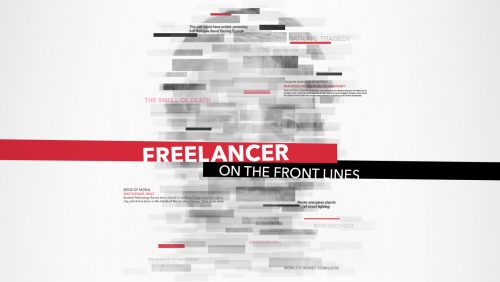
Freelance reporter Jesse Rosenfeld has made the Middle East the focus of his work. This film follows his journey through the region, showing us its thorny geopolitical realities and exploring how a reporter’s job has changed in the age of the Internet.
From Egypt to Turkey and Iraq by way of Israel and Palestine, the documentary captures the ups and downs of an independent and unconventional kind of journalism, one intent on making the voice of critical news heard in the communications jungle.
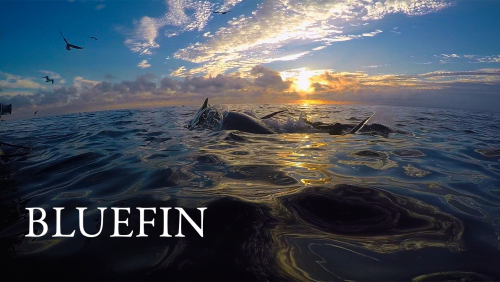
Bluefin is a tale of epic stakes set in North Lake, Prince Edward Island, known as the “tuna capital of the world.” Local fishermen swear the spectacular Atlantic bluefin tuna are so plentiful here they literally eat out of people’s hands. But a number of top scientists have gathered evidence that shows the species is on the brink of collapse. Can both claims be true?
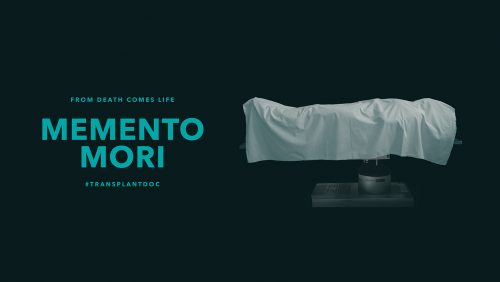
Memento mori is an evocative cinematic journey alongside the living and the dying, bringing to the screen a human drama never-before captured on film. With remarkable access to Canada’s busiest organ-transplant hospital, we witness one of the most profound experiences in any human life: the loss of a child, and the agonizing decision this tragedy demands. Created by two acclaimed Canadian documentarians, director Niobe Thompson and producer Rosvita Dransfeld, Memento mori grips the viewer in a relentless, emotional embrace—propelling us from moments of unexpected joy to unbearable heartbreak—until the very final frame. An arresting tour de force of vérité filmmaking, immersing us completely in a world few of us understand but which we’ll all one day encounter.
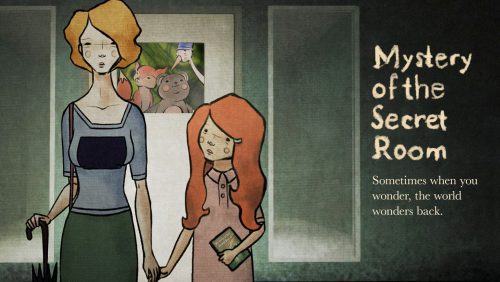
Mystery of the Secret Room takes viewers on a spellbinding voyage between the real and the imaginary. An inspiring portrait of family, adversity, and resilience, this richly hued animated short tells the tale of 10-year-old Grace, who uses her creative superpowers to navigate the emotional landscape of her mother’s depression.
Writer/filmmaker Wanda Nolan collaborated with animator Claire Blanchet to weave together a deeply moving story. Hand-drawn animations bring two distinct worlds to life: the muted, solid world of “reality” and the saturated palette of Grace’s imagination.
Through a mixture of techniques and media, including drawn backgrounds, landscape photography, and ink and pastel on paper, Mystery of the Secret Room offers a textured story-world full of surprises, challenges, and emotions, while celebrating the transformative powers of literature and the imagination.
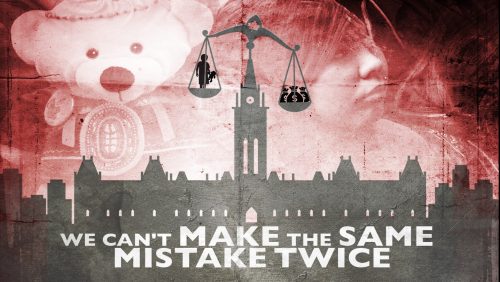
We Can’t Make the Same Mistake Twice by veteran filmmaker Alanis Obomsawin documents the nine-year legal saga pitting the First Nations Child and Family Caring Society of Canada and the Assembly of First Nations against the Canadian government. Arguing that Indigenous children on reserves and in Yukon received subpar services due to the government’s discriminatory practices, the plaintiffs eventually won the trial in 2016.
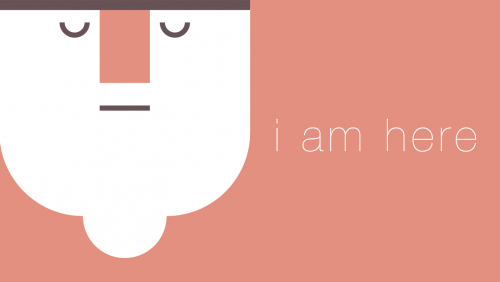
A mysterious traveller journeys across space and time in search of the origin of the universe. Along the way, he arrives at a devastating realization. But when he voices his conclusion, his discovery is brushed off as the babble of a deranged man. The world continues to spin.

In I Like Girls, four women reveal the nitty-gritty about their first loves, sharing funny and intimate tales of one-sided infatuation, mutual attraction, erotic moments, and fumbling attempts at sexual expression. For them, discovering that they’re attracted to other women comes hand-in-hand with a deeper understanding of their personal identity and a joyful new self-awareness.

Limit Is the Sky is an unflinchingly honest portrait of a new generation of youth: diverse, ambitious, and driven by the seductive lure of big cash and the lifestyle it buys. The film follows six young Canadians, including refugees from the Middle East and Africa, who come to Fort McMurray, a city of immense sky and dusty winds. It is also the capital of the third-largest oil reserve in the world. “Fort Mac,” as it’s known, becomes a testing ground for these young dreamers as they struggle with their own perceptions of money, glory and self-worth, amid plummeting oil prices, an unpredictable economy and, most recently, a devastating wildfire.